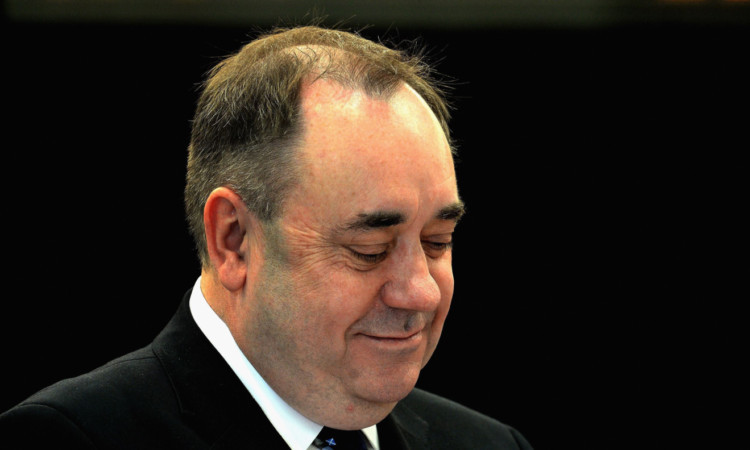The UK Government is being urged to state if it will place key election rules on a statutory basis in the run-up to next year’s independence referendum.
A Holyrood committee made the plea as it backed the general principles of the legislation that will enable the historic vote to be held.
The MSPs said they were confident the Scottish Independence Referendum Bill “should provide a suitable framework for next year’s referendum”.
They pointed out there was an “asymmetry” to the purdah arrangements, which are used to prevent governments from unveiling major new policies or announcing new funding deals in the period immediately before a vote.
MSPs on the Referendum (Scotland) Bill committee heard concerns that, in relation to the referendum, these will not apply equally to the Scottish and UK Governments, with the bill only regulating the Holyrood administration in this area.
Deputy First Minister Nicola Sturgeon has already stated there is “no reason to doubt the good faith of the UK Government’s commitment to observe purdah restrictions equivalent to those imposed on the Scottish Government in the bill”.
The committee said: “Nevertheless, there is an asymmetry, and we invite the UK Government to indicate whether it would be prepared to put the purdah restrictions to which it is committed on a statutory footing.”
While this was agreed by the majority of the committee, four MSPs Labour’s Patricia Ferguson and James Kelly, former Tory leader Annabel Goldie and former Liberal Democrat leader Tavish Scott did not support this call.
The committee “strongly” supported having a four-week period of “purdah” in the run-up to the independence referendum on September 18 next year.
Their report also drew “to the attention of the parliamentary authorities” that, while the purdah period is due begin on Thursday August 21, Holyrood will not go into recess until two days later, thus creating an “overlap between the purdah period and a period of parliamentary business”.
A Scotland Office spokesman stressed that the UK Government “always abides by purdah rules” but said it saw “no need” to put these regulations on a statutory footing.
